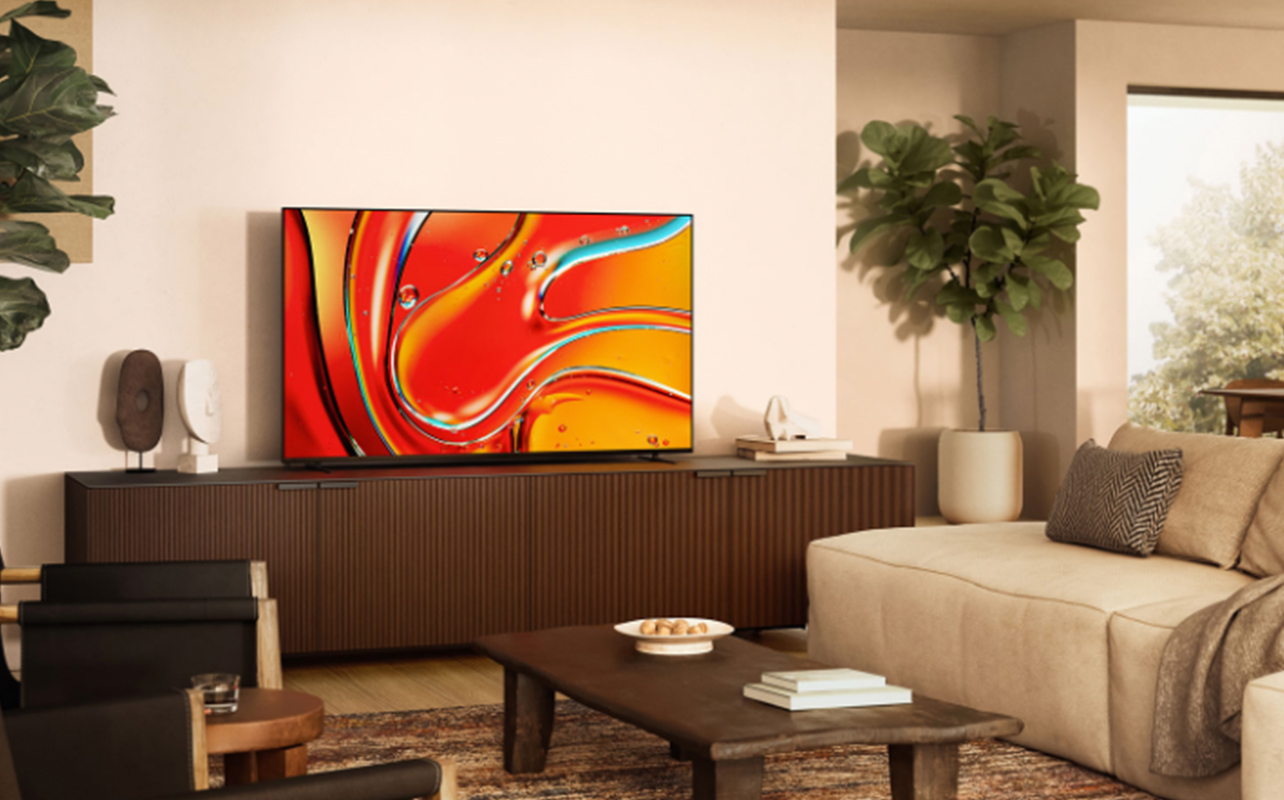
If you’re like most people, your TV is a central part of your entertainment setup. Whether it’s for movie nights, binge-watching your favourite shows, or gaming with friends, the TV is often at the centre of it all. But with the rapid pace of technological advancements in TV displays, it’s important to consider how long your television will last and when it’s time to upgrade.
In this article, we’ll break down everything you need to know about how long modern TVs last, what factors influence their lifespan, and when you should think about upgrading to a newer model. We’ll also touch on the latest trends in TV technology to help you make a more informed decision when the time comes to replace your current TV. And if you’re thinking about upgrading now, you can explore the wide range of options available at Best Buy Canada.
How long do TVs last?
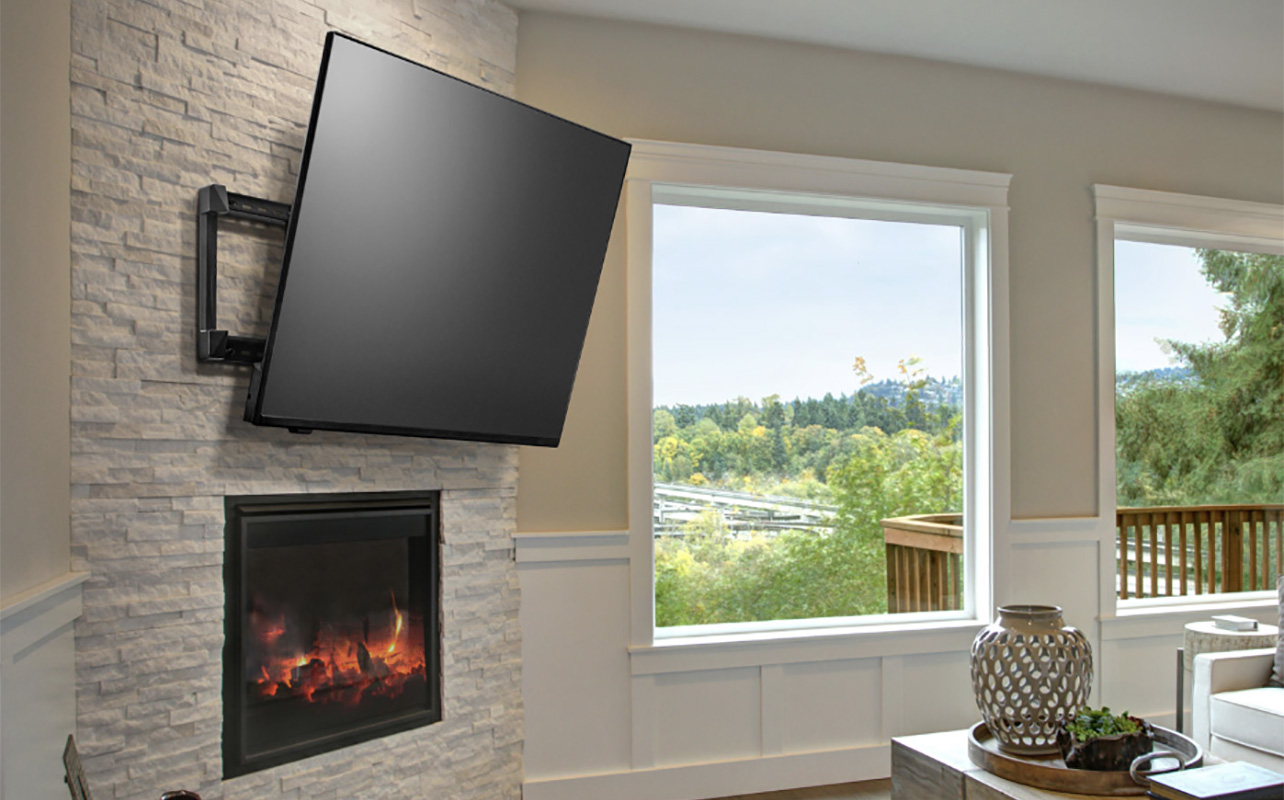
Wondering how long your TV will last? The lifespan of a television depends on several factors, but on average, most modern TVs last anywhere between 5 to 10 years. This is based on fairly heavy viewing, with multiple hours per day. However, it’s worth noting that the performance of your TV may begin to decline before it actually reaches the end of its lifespan.
Factors like usage, maintenance, and the specific type of TV all play a role in how long the television will remain in good working condition as well. But even after several years of use, a well-maintained TV could still deliver solid performance. That’s especially if the technology in the unit hasn’t yet been outdated.
What affects a TV’s lifespan?
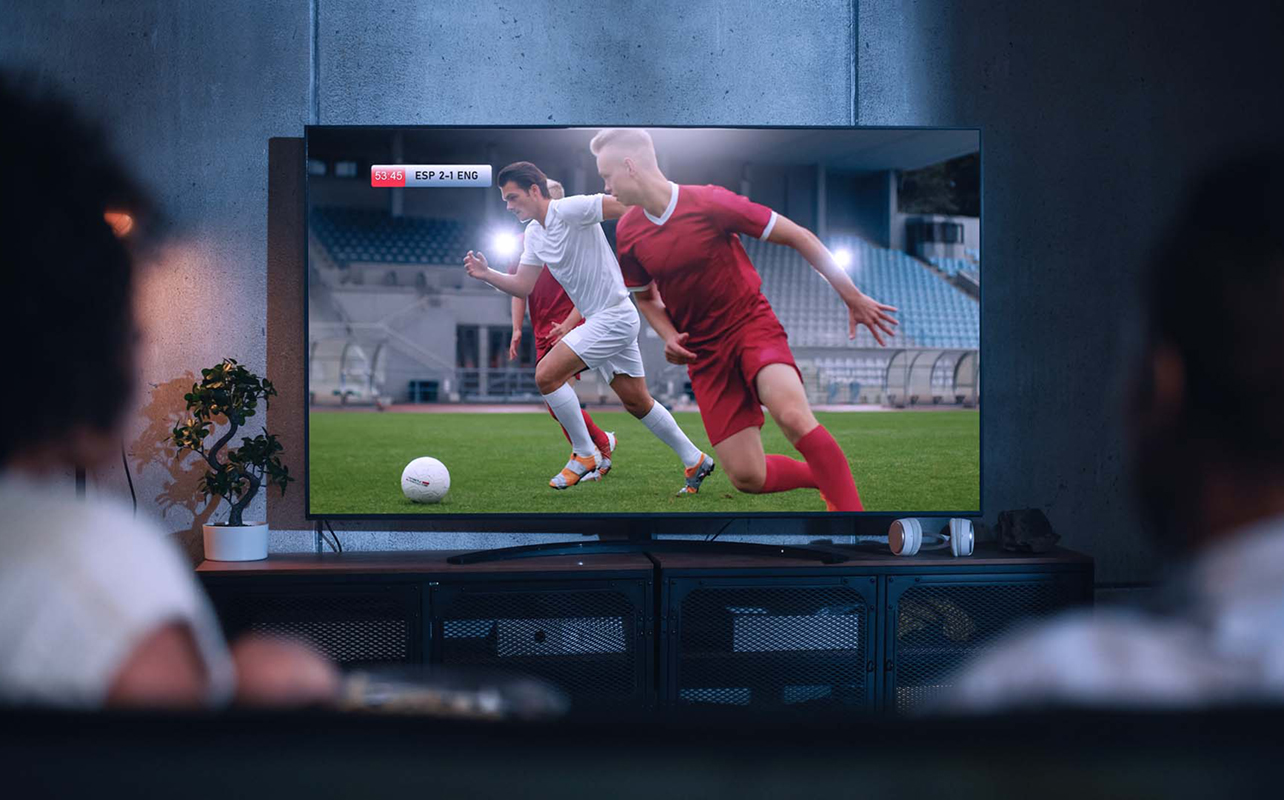
To better understand how long TVs last and why some may need to be replaced sooner than others, it’s essential to consider the factors that impact a TV’s longevity.
Usage habits
The amount of time you use your TV plays a significant role in its lifespan. If you leave it on for long hours daily, especially at high brightness levels, it can wear down faster. Over time, the screen might start to show signs of ageing, such as dimming or poor colour accuracy. If you consistently display static images, like channel logos, video game interfaces, you may also risk burning in the picture. This means a faint image of the logo or other image may appear in the spot permanently. This is particularly with older screen technologies like plasma as well as with OLED.
Technology and software
Another crucial factor is the technology inside your TV. TV manufacturers update software regularly. But if your TV is no longer receiving these updates, it could lead to performance issues or security vulnerabilities. Lack of support for newer features like HDR, 4K, or 8K content can also make your TV feel outdated sooner than its physical lifespan would suggest. So, a TV being considered “outdated” can relate to software, too.
Build quality
Not all TVs are built the same. The brand reputation and the quality of materials used in construction can influence how long your TV lasts. Premium brands tend to offer better longevity thanks to more durable components and higher-quality materials. Budget models might show signs of wear more quickly.
Average TV lifespan by display type
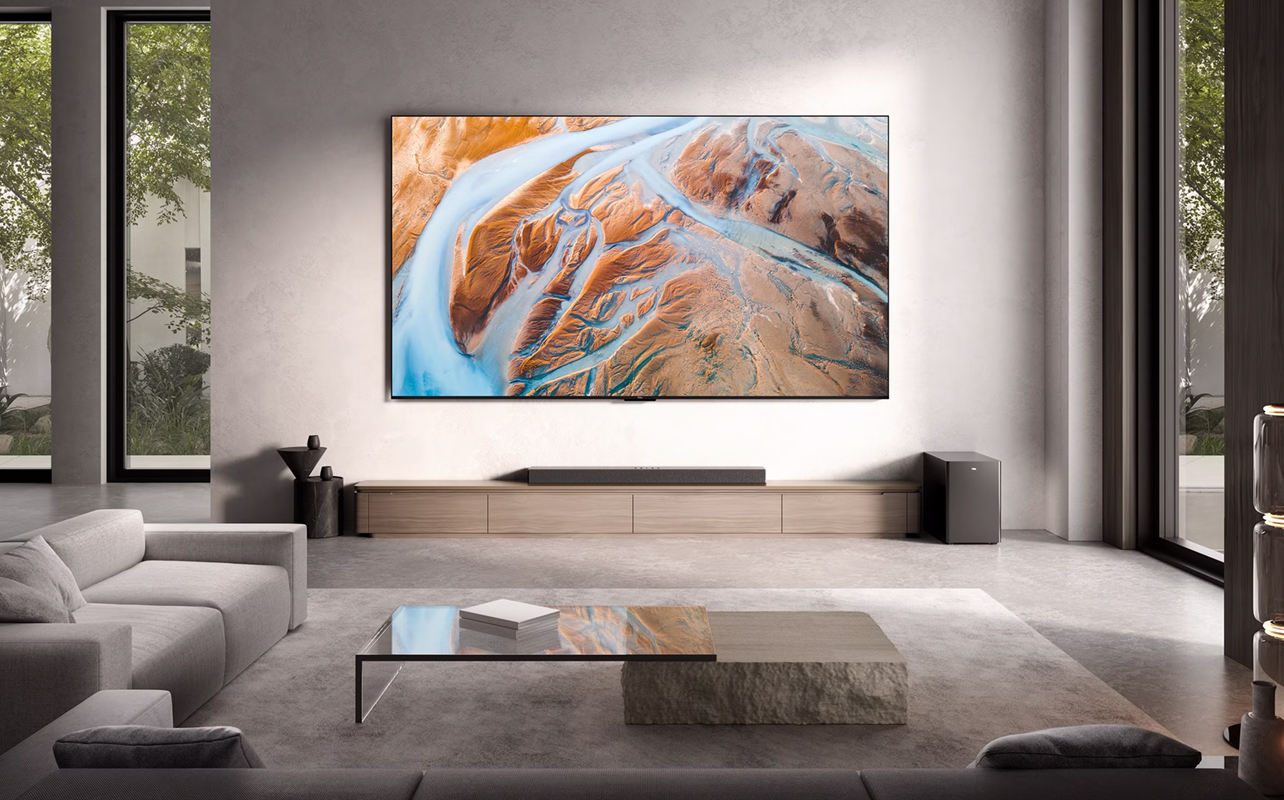
Different types of TVs have varying lifespans, primarily due to the technology they use in their displays. Let’s look at the average TV lifespan based on display type:
LED TVs: 5-7 years with heavy use, up to 10+ years with moderate use
LED (Light-emitting diode) TVs are the most common type of television today. They’re energy-efficient and deliver bright, crisp images. If you use your LED TV for several hours daily, it could start to show signs of wear after about five years. However, with moderate use, they can last up to, or even beyond, 10 years before performance significantly declines. The typical lifespan rating is about 40,000-60,000 hours at maximum brightness.
OLED TVs: 8-10 years, though burn-in risk exists
OLED (Organic Light Emitting Diode) TVs offer stunning picture quality with deep blacks and vibrant colours. They generally last around eight to 10 years, but the main drawback is the risk of burn-in. If you display static images for long periods, they can leave permanent marks on the screen, which could shorten the lifespan of the TV. In hours, the latest OLED TVs are rated to last upwards of 100,000 hours.
QLED TVs: 7-10 years, with better colour accuracy and durability than standard LED
QLED (Quantum Dot LED) TVs offer improved colour accuracy and brightness compared to standard LED models. They also have a relatively long lifespan of seven to 10 years, thanks to their durable design and better technology. These TVs don’t have the same burn-in risk as OLEDs, making them a safer option for heavy users. If you want to calculate by hours, it should last about 70,000 hours.
Plasma TVs (older models): 7-9 years, but no longer in production
Though no longer in production, plasma TVs are still found in some households. They typically lasted between seven and nine years before their picture quality started to degrade. Plasma displays offered incredible colour richness and contrast but were less energy-efficient and prone to burn-in. If you’re still hanging on to an old plasma TV, it has a lifespan of 30,000 to 60,000 hours, so you might want to consider upgrading to newer technology soon.
LCD TVs (older models): 6-8 years, largely replaced by LED technology
LCD TVs were a popular choice before LED TVs took over. These older models typically lasted between six and eight years. However, their energy efficiency and picture quality were inferior to LED TVs, which is why they’ve largely been replaced by newer technologies. The lifespan by hours is about 50,000. Chances are if you still have an old LCD, it might be a smaller model you watch less frequently in a room like a basement or bedroom. Whatever the case, given the affordability of LED and QLED TVs today, you can find a replacement when you need it for a steal.
This table summarizes the typical lifespan and features of each TV type to help you better understand how long they might last before requiring replacement.
| TV Type | Average Lifespan | Key Notes |
|---|---|---|
| LED TVs | 5-7 years (heavy use), up to 10 years (moderate use) | Energy-efficient with bright, crisp images. Signs of wear appear after heavy use. |
| OLED TVs | 8-10 years | Stunning picture quality, deep blacks, vibrant colours. Risk of burn-in from static images. |
| QLED TVs | 7-10 years | Improved colour accuracy and brightness, no burn-in risk like OLEDs. Durable design. |
| Plasma TVs | 7-9 years | Older model, no longer in production. Rich colour but less energy-efficient. |
| LCD TVs | 6-8 years | Older model, replaced by LED technology. Inferior energy efficiency and picture quality. |
Signs it might be time to upgrade your TV
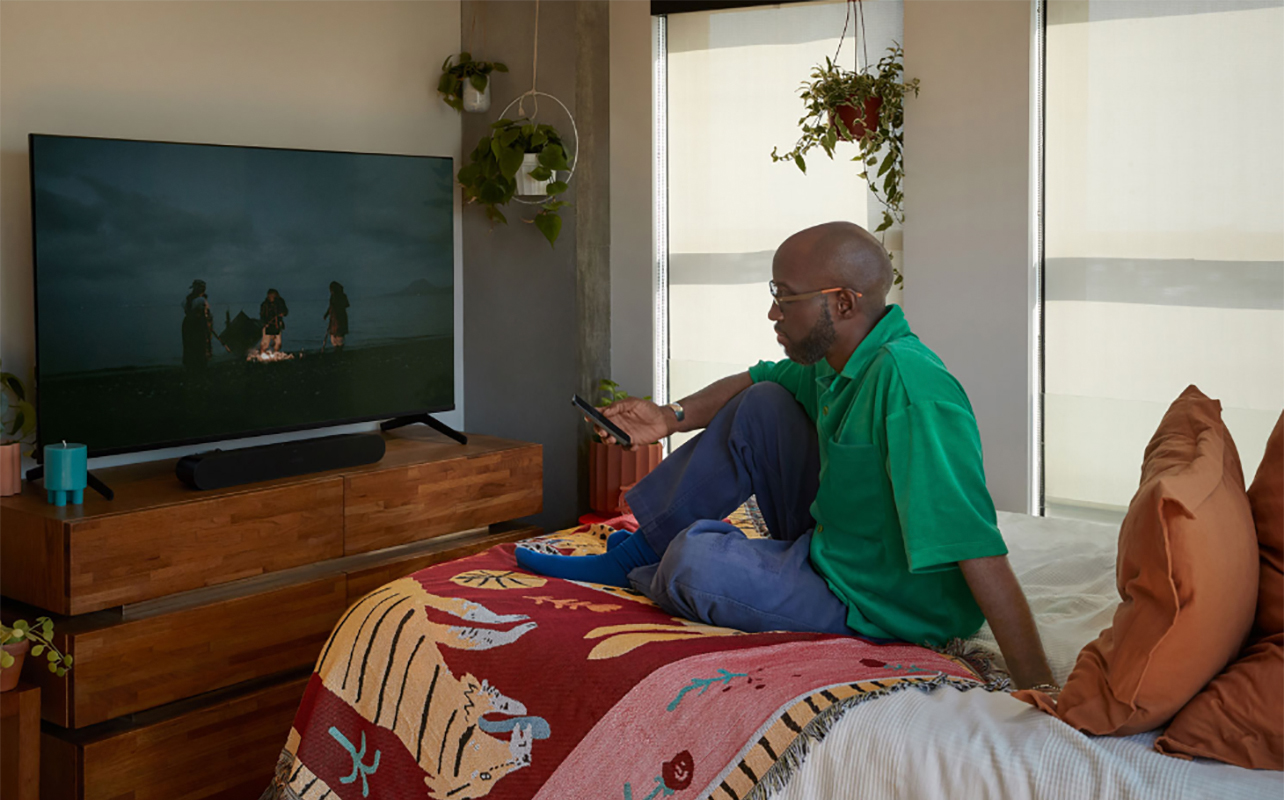
Even though your TV may still work, it might be time to replace it if it’s no longer meeting your needs. Here are some signs that it might be time to upgrade:
Declining picture quality
If you notice that your TV screen is fading, the brightness isn’t what it used to be, or there are dead pixels appearing on the screen, these are clear signs that the picture quality is degrading. Over time, the display can lose its crispness, and the colours might become dull.
Compatibility issues
As technology advances, newer streaming services, devices, and smart TV features become available. If your TV struggles to keep up with new software or fails to connect to newer devices, this might indicate it’s time to replace it. Note that the latest models from some of the biggest brands like LG now come with the promise of lengthy software support, which will keep them relevant in this respect for much longer than an older model that uses an old smart TV user interface.
Slow performance
Does your TV take longer to load or show signs of lagging when switching between apps or channels? If your TV interface is slow, or you experience delays, it could be a sign that the internal components are ageing, or it simply can’t keep up with modern demands.
Frequent repairs
If your TV requires constant repairs or fixes, it might not be worth putting more money into an old model. The cost of repairs can add up, and replacing the TV could be more cost-effective in the long run.
Missing new tech
TVs have evolved to include new technologies like HDR, 4K, and 8K. If your TV doesn’t support these modern advancements, it might be a good idea to upgrade, especially if you’re already consuming high-definition or 4K content.
What’s new in modern TVs?
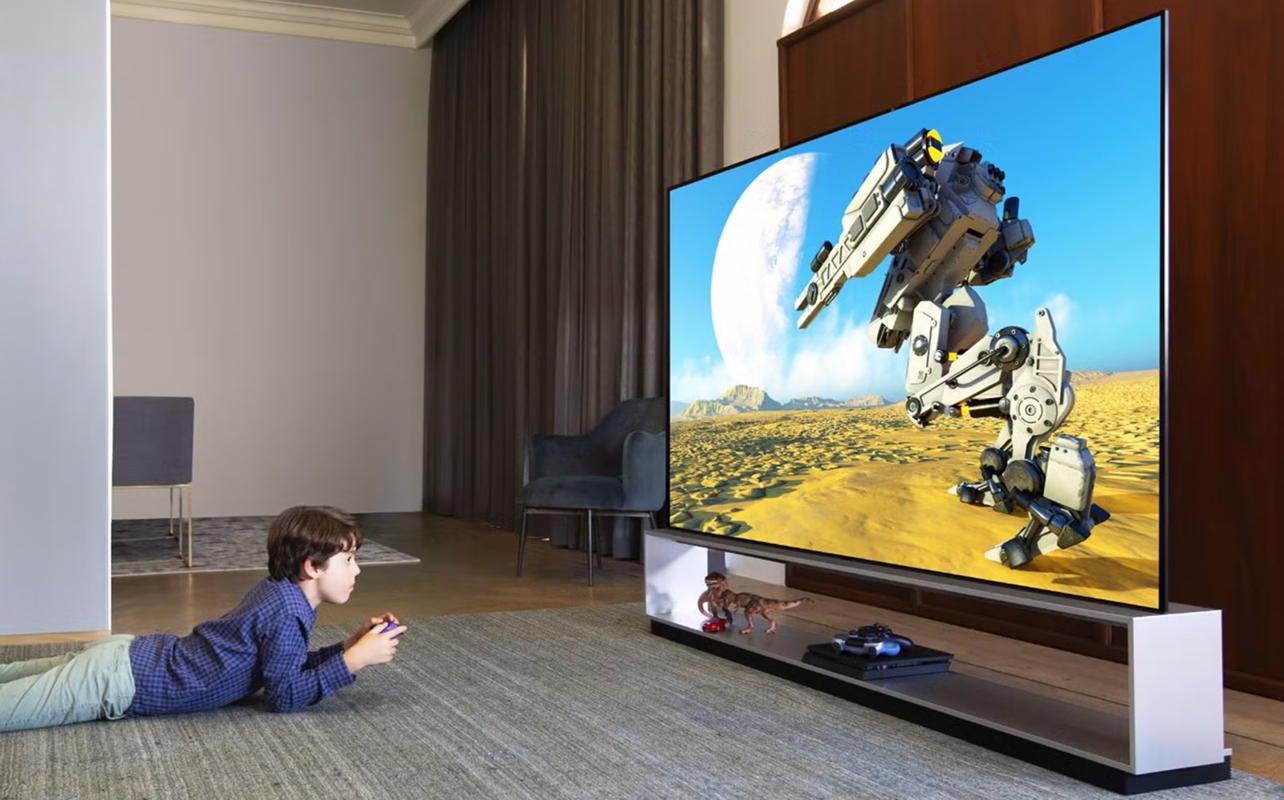
With all the advancements in TV technology, you might be wondering what features today’s models offer that make them worth upgrading. Here’s a rundown of the latest tech trends.
Higher resolutions: 4K and 8K for sharper, more detailed images
The rise of 4K and 8K TVs has revolutionized how we watch content, offering crisp, detailed images that make standard HD look outdated. If you haven’t made the jump to 4K yet, it might be time to consider it, especially as more content is being made in 4K. Learn more about 4K vs 8K and whether you should upgrade.
Advanced display technology: OLED and QLED improvements
Both OLED and QLED technology have made huge strides, offering superior contrast, colour accuracy, and brightness. These displays are now more affordable than ever, giving you access to incredible picture quality without breaking the bank.
Smart TV integration: Voice control, AI-powered recommendations, and app ecosystems
Modern TVs come with smart features that make them much more convenient to use. Voice control, smart assistants, and AI-powered recommendations have made navigating your favourite shows easier than ever. Plus, smart TVs serve as your portal to popular streaming services, streaming games, and other content.
Faster refresh rates
If you’re into gaming or sports, a higher refresh rate (120Hz or more) will deliver smoother motion on the screen. This reduces blur and makes fast-moving images appear clearer. A TV with a higher refresh rate is a great option for gamers and sports enthusiasts.
How to extend the life of your TV
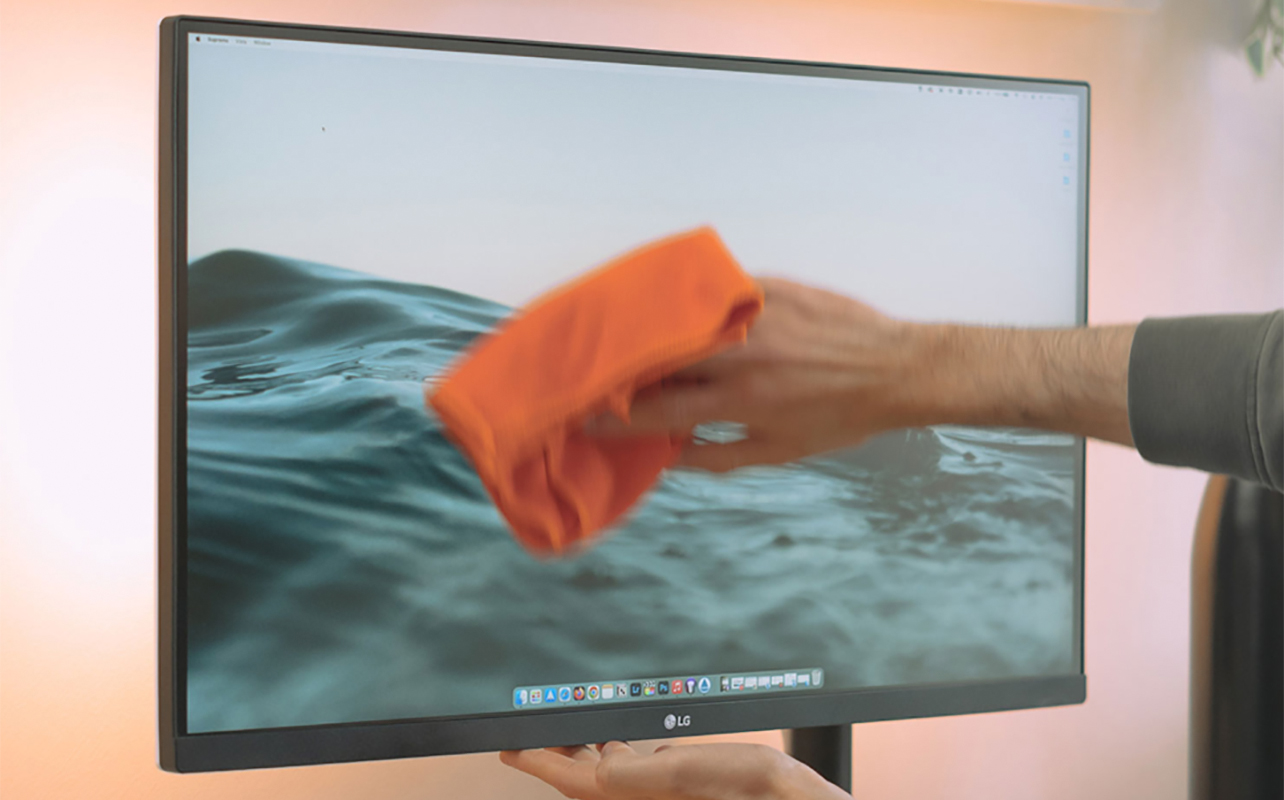
Whether you’re looking to squeeze as much as possible out of a TV you already own or want to extend the life of a new one you get now, there are steps you can take to make sure it operates perfectly with a glorious picture for as long as possible.
Change the mode and backlight settings
When you buy a TV and take it out of the box, it’s usually preset to an especially high brightness that some in the industry like to call “torch mode.” This is because it’s the best setting for a retail environment where the TV might be unboxed to be put out for display. But this isn’t the best setting for your home. It’s also not the most energy efficient. Calibrate your TV and change the mode to something better suited to your environment. You can also reduce the brightness level at the same time, which will extend the TV’s lifespan.
Turn it off when you aren’t watching
It might be tempting to have the TV running in the background while you cook dinner or do chores. But try and limit the time you have it on when you aren’t actively watching. Consider using speakers to listen to music or a podcast instead. You can also leverage a device like a smart display to play back the big game or local news for those “background viewing” moments. While it’s tempting to fall asleep to a favourite show, try to turn the TV off before you tuck in for bed or start to doze off.
Set the volume to an appropriate level
If you want to keep the TV’s built-in speakers in good shape, try not cranking the volume up to 11 when you don’t really need to. If you love a more immersive experience, invest in separate speakers or a sound bar to use with it.
Take care of the TV with regular cleaning
Follow proper maintenance and take care of the display by regularly cleaning its screen. Follow our guide to remove dust and dirt particles, which will help prolong the life of the screen.
So, should you upgrade your TV?
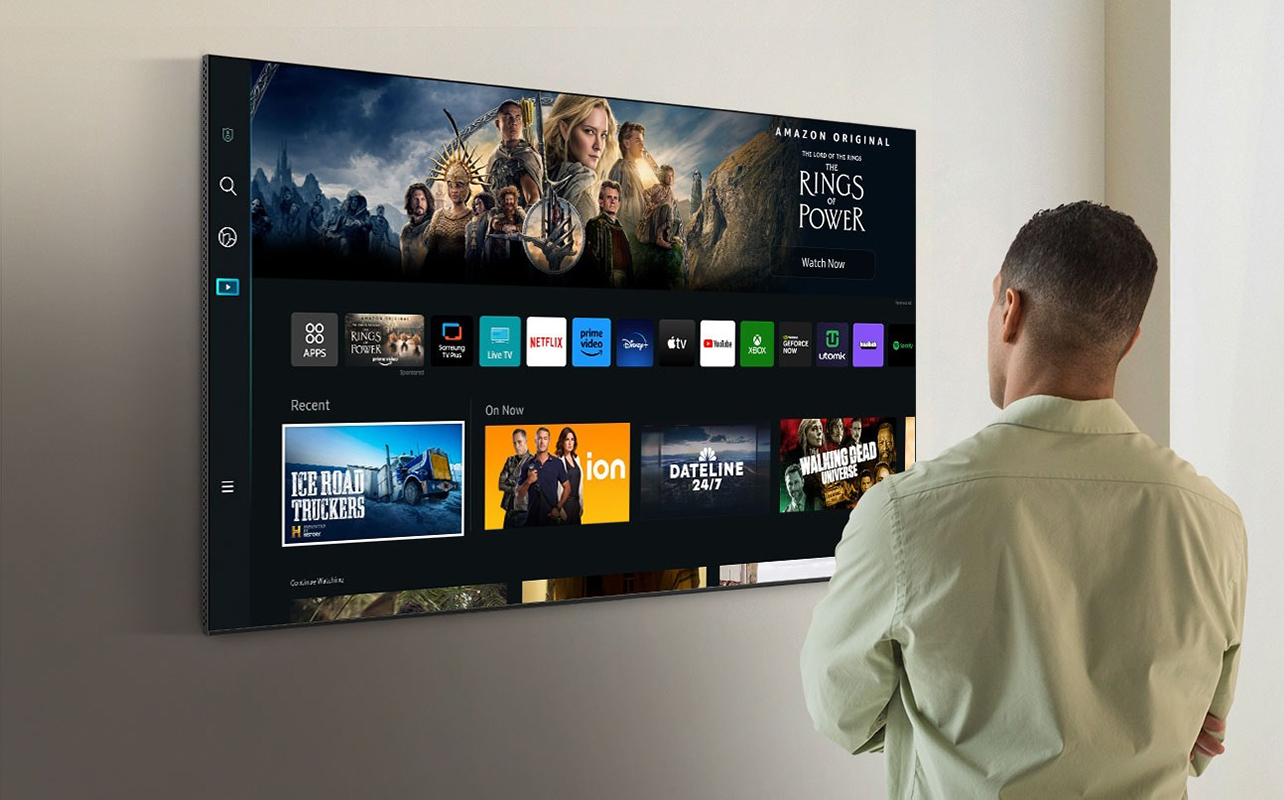
Deciding whether or not to upgrade your TV depends on your specific needs and preferences. Here are some questions to ask yourself before making the decision:
- Does your current TV still meet your viewing standards, or does it feel outdated?
- Is your room size and TV screen size still ideal for your setup?
- Are you missing out on features like 4K, HDR, or smart TV functionality?
If your TV is still working fine and doesn’t have any major performance issues, it may not need replacing right away. However, if you’re noticing signs of wear or you’re missing out on new features that would enhance your viewing experience, it might be time to upgrade.
Upgrade your home entertainment with a new TV
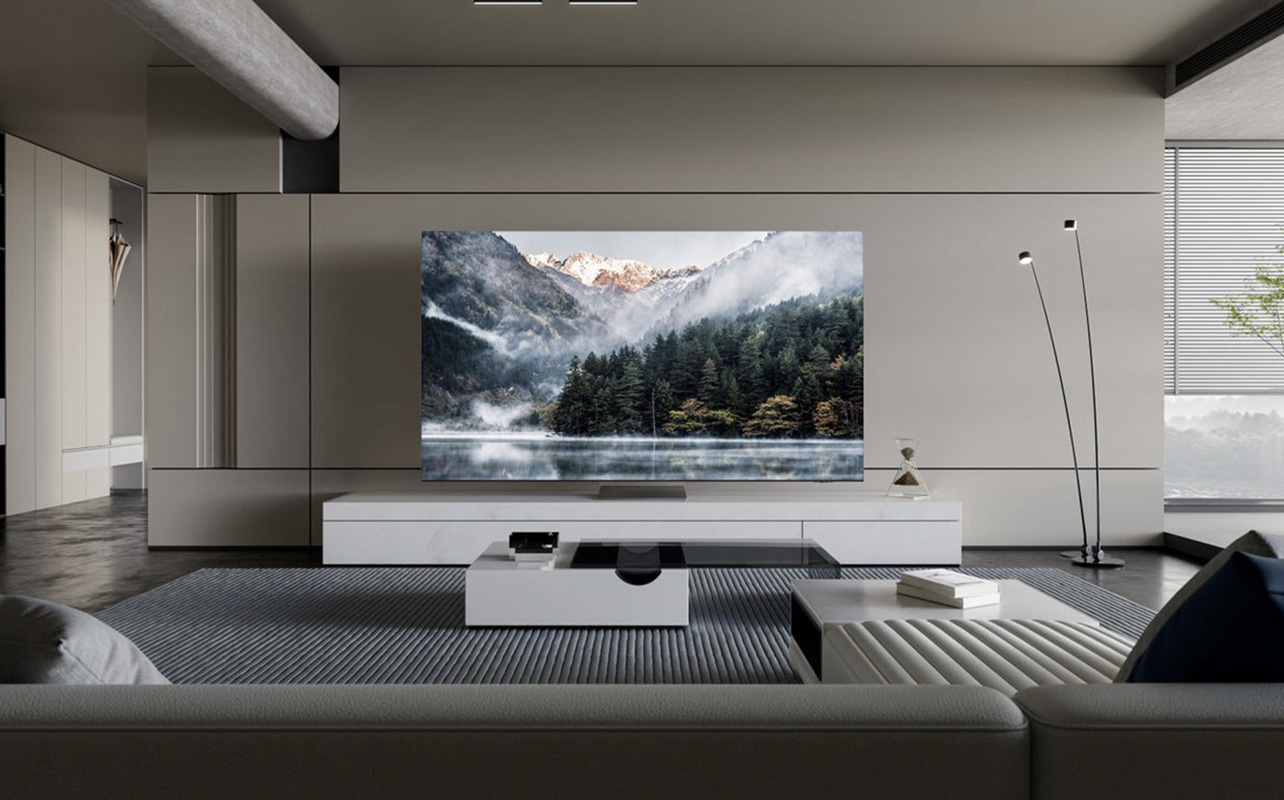
When it comes to upgrading your TV, the key is to assess both the functional state of your current TV and the exciting new technologies available today. Whether you’re looking for better resolution, faster performance, or more advanced features, today’s TVs offer a wide range of options.
If you’re ready to make the leap, start by exploring the many new TV options at Best Buy Canada. Whether you want a 4K model or are interested in the latest OLED technology, there’s a TV out there that’s perfect for your needs. You can also learn how to choose the right TV for you here.
Making an informed decision about your next TV ensures that you’ll get the best entertainment experience, whether it’s a casual movie night or the latest gaming adventure. Happy viewing!
This article was drafted using AI technology and then reviewed, fact-checked, and revised by a member of our editorial team.






My remote no longer works on my RCA TV. I have changed the batteries, then bought a new compatable remote and it still does not work. I am a Senior and watch the TV every night but not much during the day as I am usually out and about. The TV is about 4-5 years old. Does this mean I need to buy another TV?